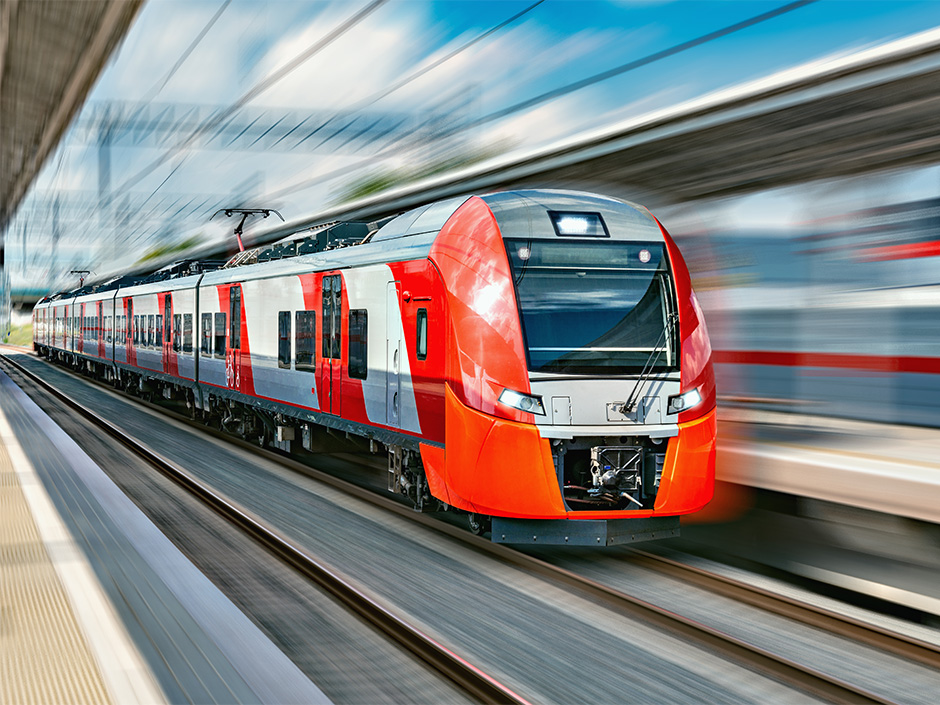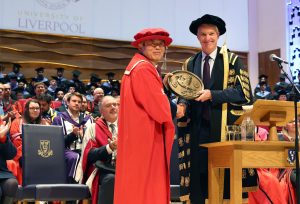25 Jan 2019
This week marks the start of the largest seasonal migration in the world as many of China’s 1.3 billion people travel across the country to reunite with their families for the Lunar New Year, often via the China’s extensive rail network.

In the near future, passengers can look forward to those train journeys having less delays and being more environmentally-friendly, thanks to new research by Xi’an Jiaotong-Liverpool University.
The research team from the University’s Department of Electrical and Electronic Engineering have developed a new algorithm that helps trains run at optimal speeds while saving energy.
The results were recently published in leading transportation journal IEEE Transactions on Intelligent Transportation Systems.
Lead author Chaoxian Wu (pictured below) says the research offers a new way to reduce a train’s energy consumption by utilising the discharge and charge mode of energy storage devices in combination with optimal train scheduling through mathematical modelling.

“These days almost all electrical trains use a technology called regenerative braking. This technology transforms the kinetic energy generated from braking into electrical energy, which is then stored,” Wu says.
“Without on-board energy storage devices, most trains still run on electricity from large supply stations. This means that the transformed electrical energy from a train is transmitted to the grid, and the grid then allocates a portion of that energy to other trains nearby.
“If there are no trains nearby however, the electricity is wasted. We propose that trains are equipped with on-board energy storage devices, so they can absorb the energy generated through the regenerative braking themselves, and release it whenever they need to accelerate.”
Wu, who is a PhD student at XJTLU, says the research team has established the optimal discharge and charge operation model for on-board energy storage devices that improves a train’s performance and reduces its carbon emissions.
To illustrate how the model works in operation, Wu offers the example of a train travelling between stations.
“A train undergoes a process of acceleration, cruising, coasting, deceleration and pulling in,” he says.
“Right now, that process relies mainly on a train driver’s decisions. But if the driver slows down too soon before entering the station, it has to accelerate again to reach where it needs to go.
“This process of accelerating and decelerating repeatedly leads to unnecessary energy consumption.”
The new algorithm optimises the operation of trains in two ways – pinpointing the exact time to accelerate and decelerate to conserve energy and setting rules for how the on-board energy storage devices should discharge and charge to support efficient operation.
Wu says it is the combination of speed optimisation and automated energy discharge that will improve the trains of the future.
“By adopting this model, trains with on-board energy storage devices will save ten per cent more energy than those without them,” he says.
“Given the millions of train journeys that take place in China’s spring festival alone, that 10 per cent saving could make a huge difference to our environment by significantly reducing a train’s carbon emissions.”
The research project received funding from the Young Scientists Funding Programme under the National Natural Science Foundation in 2016. Their research paper titled ‘The Study of Train Speed Trajectory Optimisation with On-Board Energy Storage Device’ was published last year in December.
Wu is supervised by Dr Shaofeng Lu and worked closely with two XJTLU undergraduate students, Wenrui Zhang and Zhaoxiang Tan to write the research paper.
Dr Lu commended the students on their collaborative work which led to the results being published in a highly regarded academic journal.
“This is an excellent example of research-led teaching in practice – undergraduate and postgraduate students working together with academics to address real-world problems,” he says.
By Qiuchen Hu; photos by Linzhi He, additional photos from shutterstock and the Department of Electrical and Electronic Engineering
Translated by Yiling Yu; edited by Yixue Yang and Rosanna Galvin
25 Jan 2019







